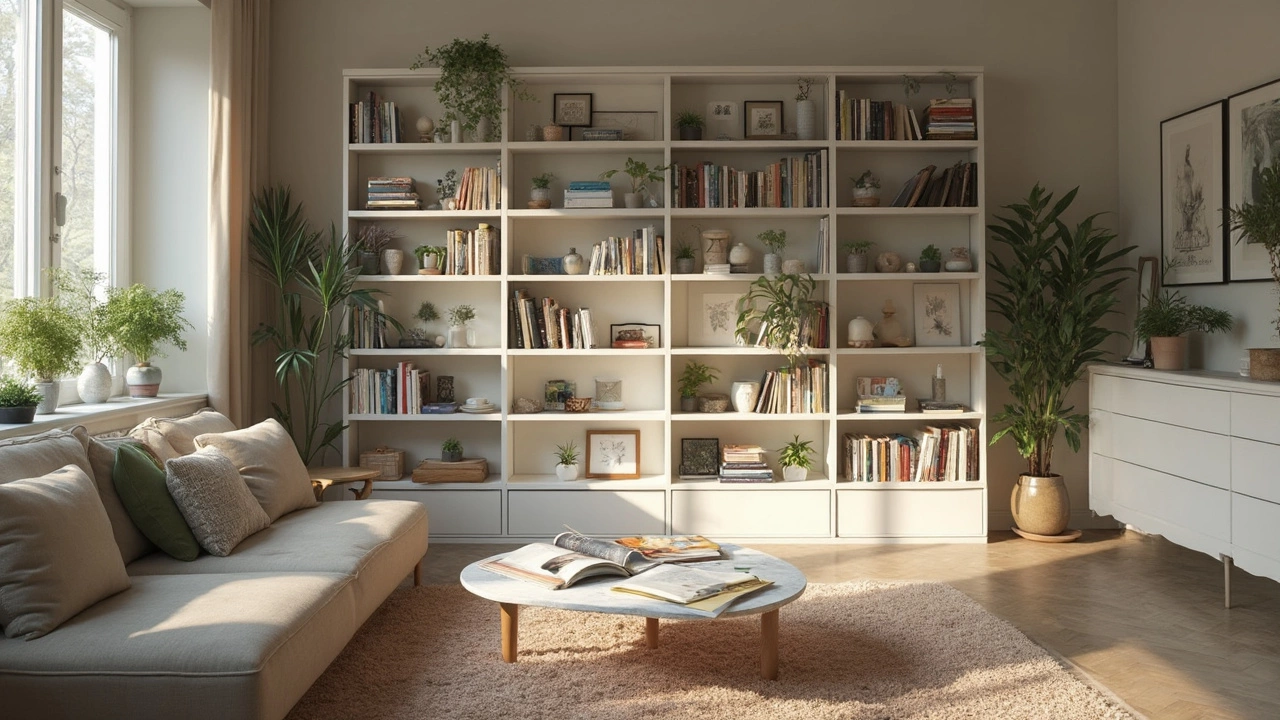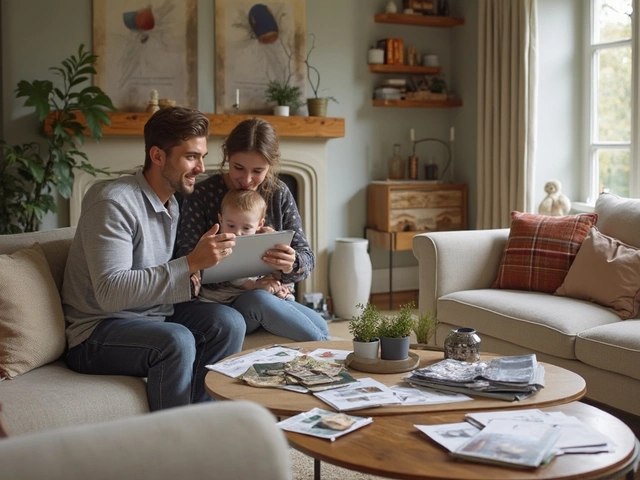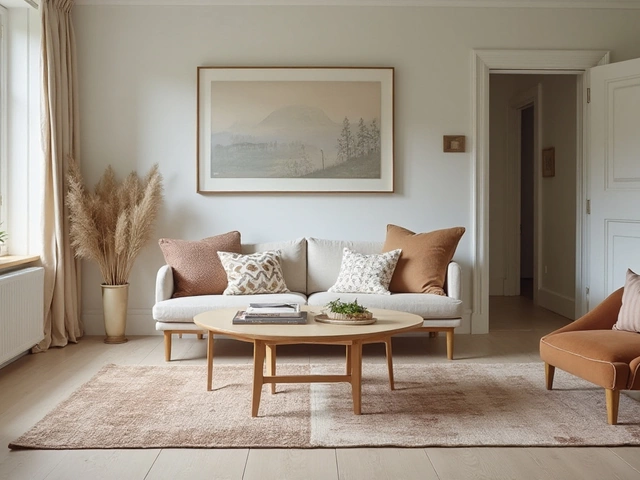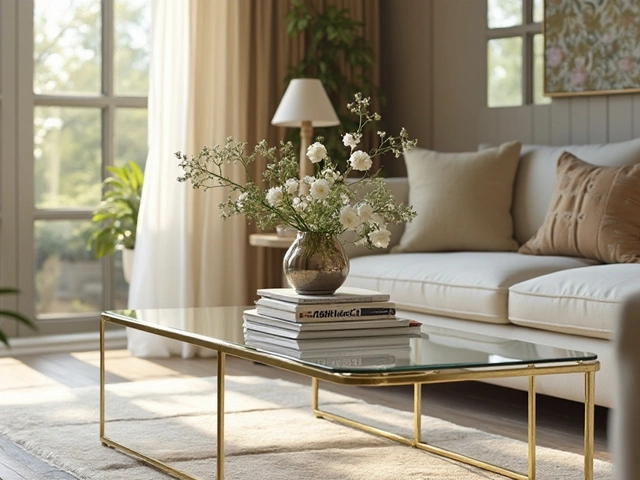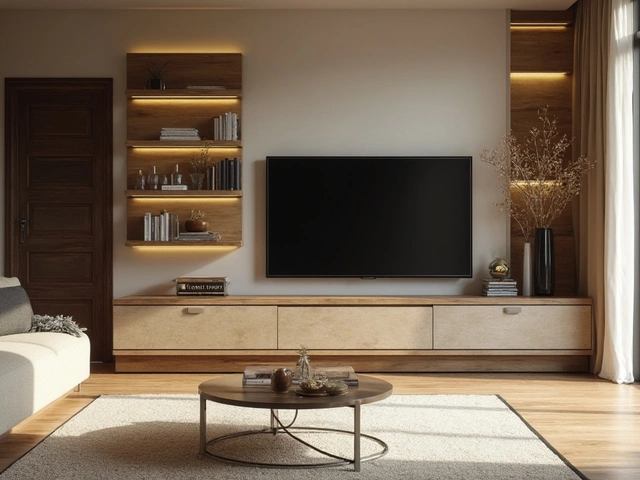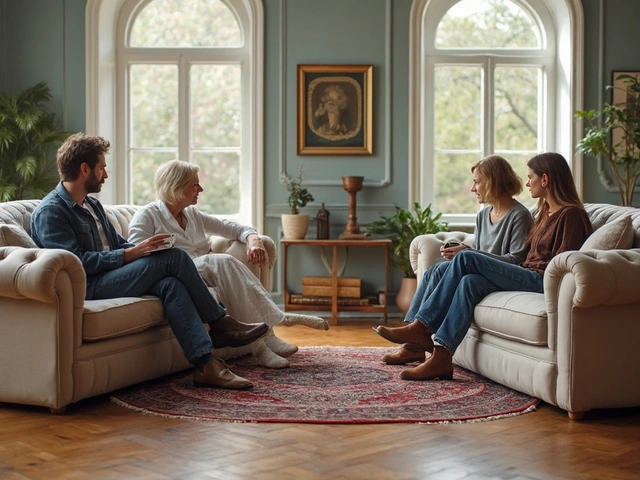You walk into IKEA, and there’s that smell—wood, cardboard, and a bit of meatball magic. But then a question pops up: is IKEA actually Swedish, or is it secretly Chinese? It’s confusing, right? The logo is blue and yellow like the Swedish flag, but peel back a Billy bookcase label and it might say “Made in China.” What’s the real story?
The answer is simple but a bit messy: IKEA is 100% Swedish at its core. The story starts with Ingvar Kamprad, a Swedish guy who sold matches in his tiny hometown back in the 1940s. Fast-forward, and IKEA is now the world’s biggest furniture company. Even their catalogs scream Scandinavian style—clean lines, simple names, no nonsense.
But here’s the twist. While the ideas and designs come from Sweden, the factories are all over the world, and China is a big player. That’s why you see “Made in China” on so many IKEA boxes. It’s not a fake-out. It’s just business—Swedish brains, global hands.
- IKEA: Swedish Heart, Global Reach
- Where Are IKEA Bookcases Made?
- China's Role in IKEA's Story
- Picking the Right Bookcase for You
IKEA: Swedish Heart, Global Reach
The whole image of IKEA leans on being Swedish – from the blue-and-yellow logo down to that little café serving salmon and cinnamon buns. Even the names of furniture, like the Billy bookcase, sound ultra-Swedish because most are named after Swedish towns, lakes, and people. The brand started in 1943 with Ingvar Kamprad, who grew up on a farm in southern Sweden and kicked things off by selling basics like pens and picture frames. He later rolled out flat-pack furniture, which was a total game changer and made IKEA easy for just about anyone—student to grandparent.
IKEA’s headquarters are still in Sweden (in a little place called Älmhult), and much of its design team lives and works there. This is where every new bookcase, chair, or lamp is born, sketched out on paper, and tried in showrooms before showing up in any store. Swedish ideas and “democratic design” (fancy business speak for stuff that’s simple, affordable, and looks good) are the backbone of every IKEA piece, bookcases included.
But here’s how it exploded: IKEA went international early. The first store outside Sweden popped up in Norway in 1963, then Denmark, then beyond. Today, IKEA’s got more than 470 stores in over 60 countries. So, that bookshelf you’re eyeing? Designed in Sweden, but could be bought in Dubai, Miami, or Tokyo. IKEA adjusts to local tastes—think slightly different shelf sizes in Asian cities where homes are smaller.
So, while the roots and brains behind IKEA are Swedish, the reach is massive. When you picture that iconic Billy in your living room, realize it started at a tiny Swedish farm table but might have traveled halfway around the world to get to you.
Where Are IKEA Bookcases Made?
The idea behind IKEA bookcases is all Swedish, but if you think every piece is built in Sweden, think again. IKEA runs a tight global ship, and factories are spread across way more countries than most people realize. The famous IKEA Billy bookcase? Production happens in Poland, China, Russia, and Germany, just to name a few.
It’s all about efficiency and keeping prices low. By making bookcases close to big markets, IKEA saves on shipping, cuts down on delays, and keeps those price tags you love so much. You’ll spot “Made in China” or “Made in Poland” stamped on tons of shelves, cabinets, and bookcases, but sometimes you’ll even see factories in Italy or Portugal handling the work.
According to a company briefing from IKEA Group, "More than 60% of IKEA’s products are made in Europe, with about 30% in Asia, mainly China." The company has more than 1,600 suppliers in around 50 countries. That’s a serious global web for one flat-pack empire.
“IKEA’s largest supplier country is currently China, but Poland is actually the main production base for furniture, including bookcases, because of its skilled workforce and efficient wood supply chain.” – Marcus Engman, former Head of Design, IKEA
One reason Poland is such a key spot: forests. The wood comes local, and so do the craftsmen who know how to make reliable, flat-pack furniture. In China, automated factories pump out massive quantities, which helps meet global demand. And in case you’re eyeing an unusual finish or size, some specialty versions might come from other spots in Europe. So the next time you stand in IKEA, flipping a flat-pack box to check its origin, you’ll know — your bookcase probably made a pretty epic trip before hitting your living room.
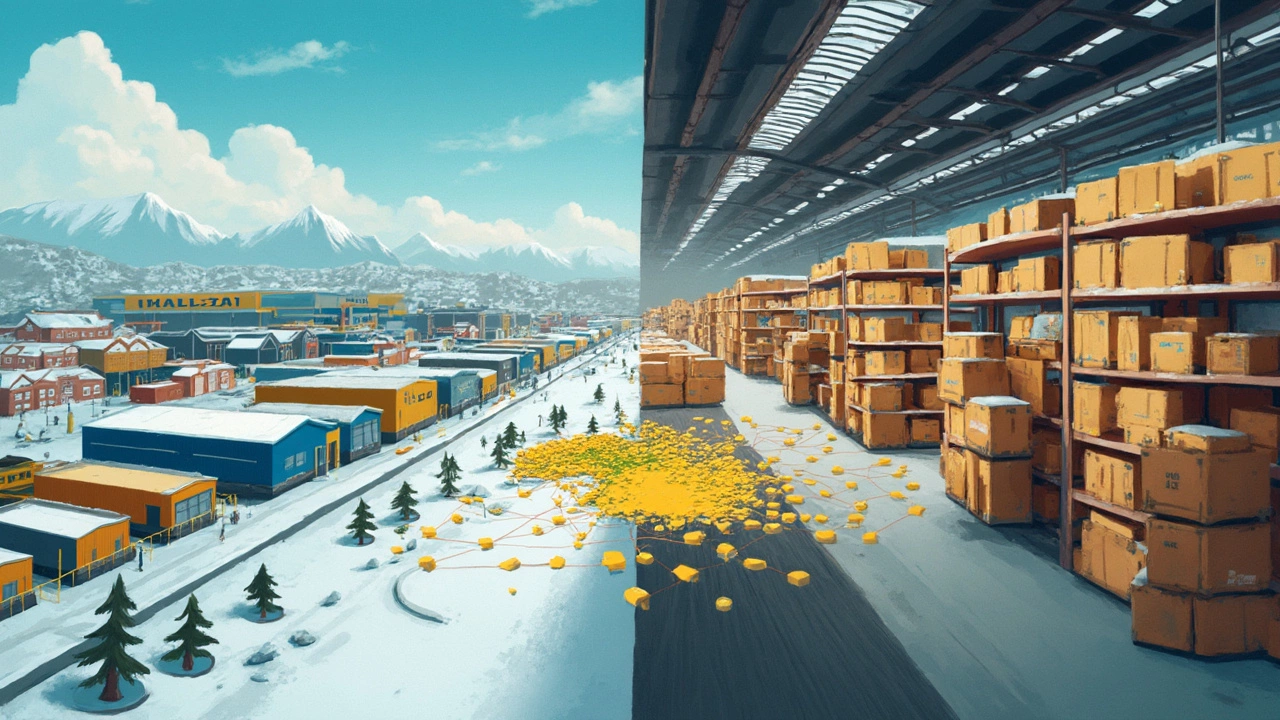
China's Role in IKEA's Story
Let’s clear something up: China is a huge part of why IKEA bookcases are so affordable. IKEA set up shop in China back in 1998, and today, China is one of their most important production hubs. Tons of the furniture you see—including the famous Billy bookcase—comes out of Chinese factories. That’s not just a random business move. It’s because China has the tech, the skilled workers, and the supply chain to pump out quality stuff for less money.
But does “Made in China” mean lower quality? Not really. IKEA is strict with quality control. Their team checks everything—materials, safety, paint, and of course, the crazy flat-pack design. Before anything ships out, IKEA makes sure it meets their Swedish standards. This focus keeps the prices low without turning the goods into junk.
Here’s a quick rundown of why China fits into IKEA’s world:
- Massive production power—huge factories can handle big orders fast.
- Cheaper manufacturing cuts down on costs for you.
- Access to lots of sustainable wood and other key materials.
- Modern tech means flat-pack furniture gets made fast and fits perfectly into your trunk.
If you’re wondering just how deep this goes, check out this IKEA production snapshot:
| Year | IKEA Factories in China | % of Global Production |
|---|---|---|
| 2000 | 2 | about 5% |
| 2010 | 14 | around 25% |
| 2023 | 25+ | over 28% |
So next time you spot a “Made in China” sticker on your bookcase, just remember: it still has Swedish brains behind its design. And thanks to China’s role, you’re getting a shelf that’s easy to afford and easy to put together—without cutting corners on quality.
Picking the Right Bookcase for You
IKEA has dozens of bookcases, but how do you know which one actually fits your needs? Think about what you want to store, how much space you’ve got, and the look you like, because not all bookcases are created equal. Here’s how to make it easy.
- Billy Bookcase: This is IKEA’s legend, with more than 140 million sold since 1979. It’s affordable, simple, and you can stack or link them like building blocks. Need a lot of shelves in a little footprint? Go Billy. The shelves are adjustable, and you can find options with glass doors if you want to keep things dust-free.
- Kallax: This looks more like a cube organizer. It’s perfect if you want to store baskets, vinyl records, or even showcase plants. The best part? It can stand upright or lie on its side as a low shelf.
- Hemnes: Made from solid pine, it feels more like "real" furniture if you want something that looks classic and lasts a long time. The colors are grown-up and the wood isn’t flimsy, so it’s popular for living rooms and home offices.
- Besta: Not just a bookcase—think of it as a mix of shelves and closed storage. If you want to hide clutter while keeping your favorite books out, this system can be personalized like crazy, with doors, drawers, and different finishes.
If you’re worried about price, here’s a quick look at how much these popular bookcases cost (May 2025 average, USD):
| Bookcase Model | Starting Price |
|---|---|
| Billy | $49 |
| Kallax (4-cube) | $39 |
| Hemnes | $189 |
| Besta Frame | $75 |
Don’t forget about wall mounting, especially if you’ve got kids or pets. IKEA gives you safety brackets for a reason—these tall, flat-packed shelves can tip over way too easily if left freestanding. And since most IKEA stuff needs assembly, save yourself some headache by using a powered screwdriver and working on a soft surface to avoid scratching the parts.
One final tip: always check the maximum load. For example, a basic Billy shelf can hold up to 66 pounds per shelf, but that only works if you spread out the weight. Don’t put your entire vinyl collection on one little shelf—it’ll sag, and you’ll kick yourself later.
